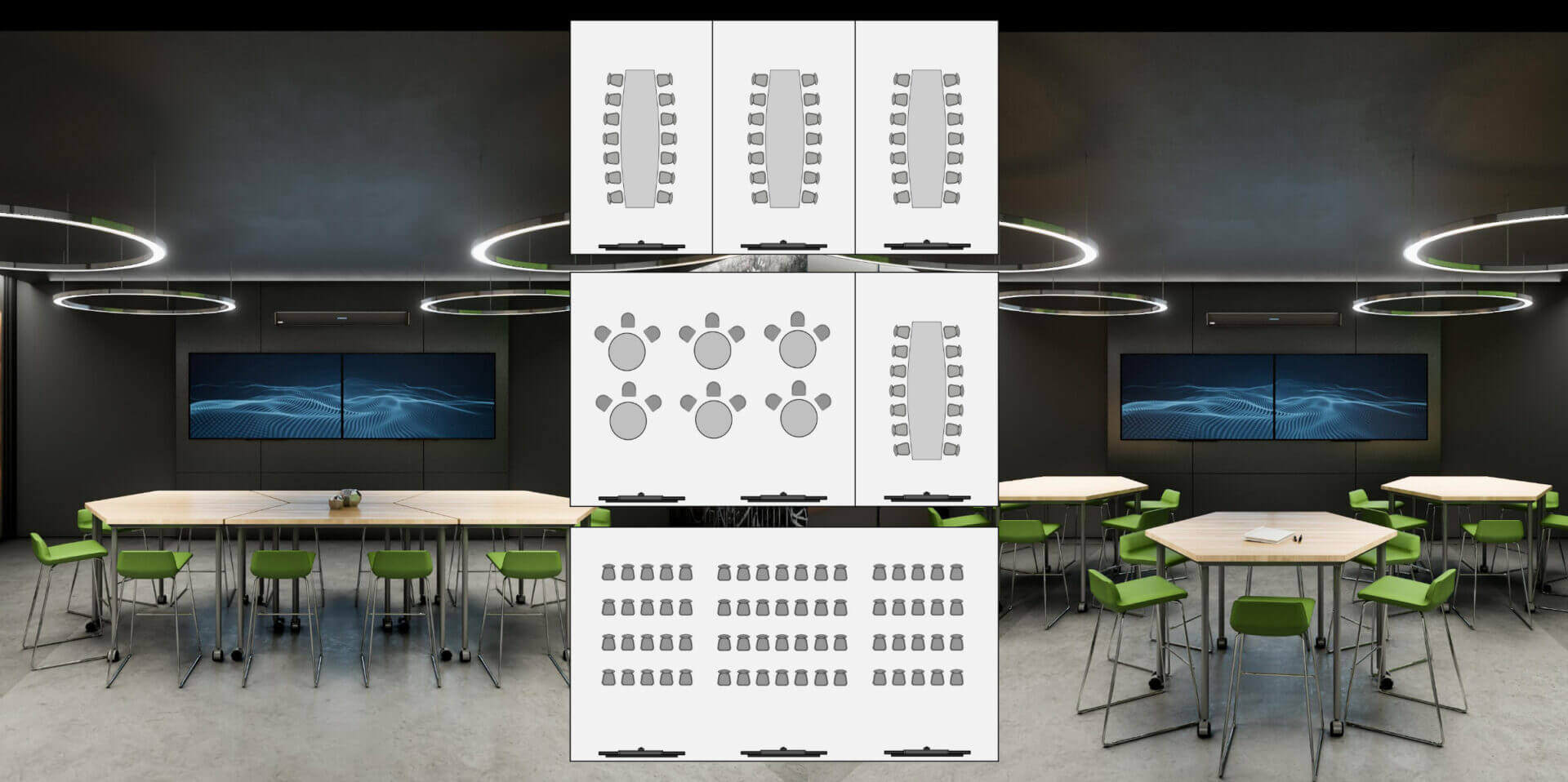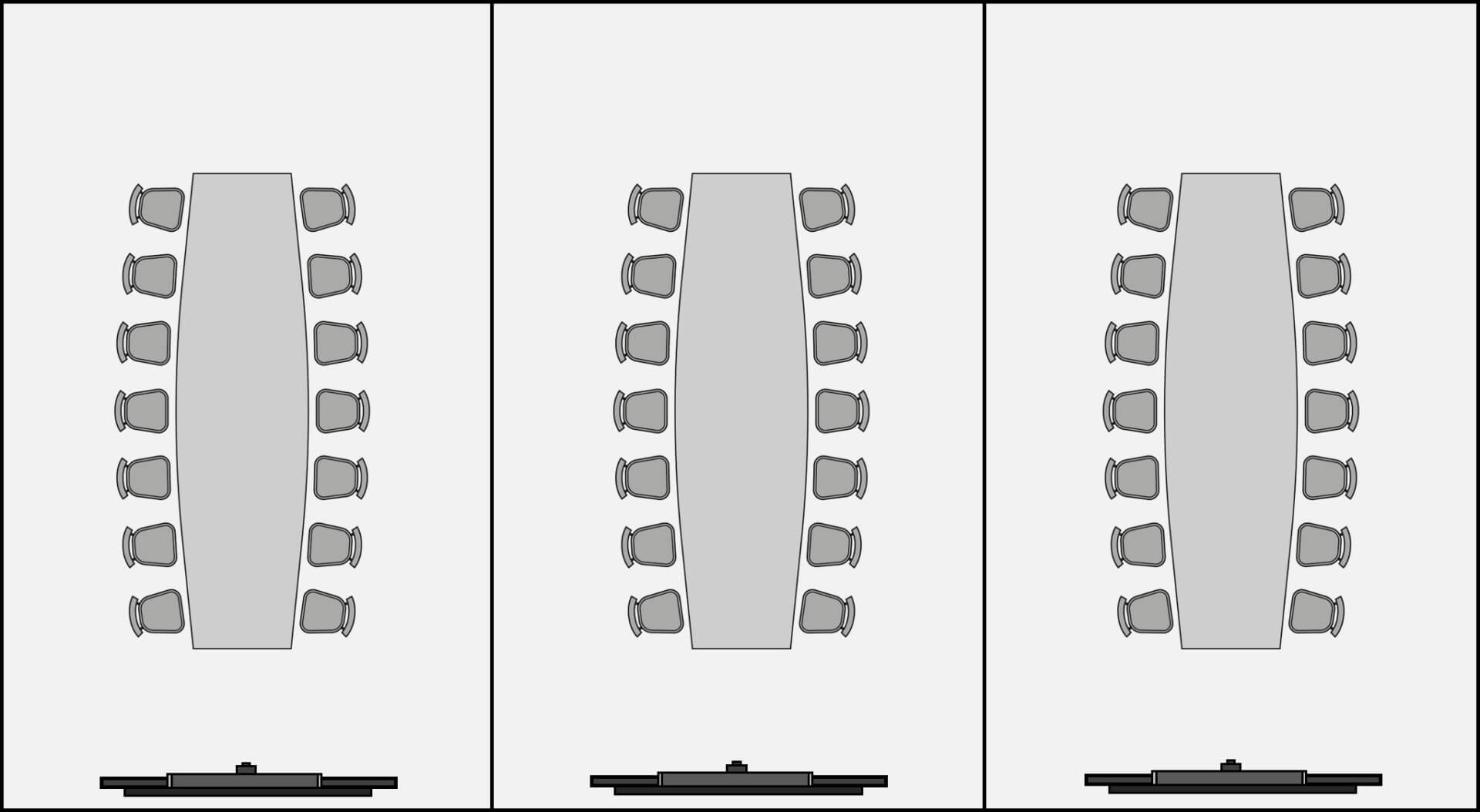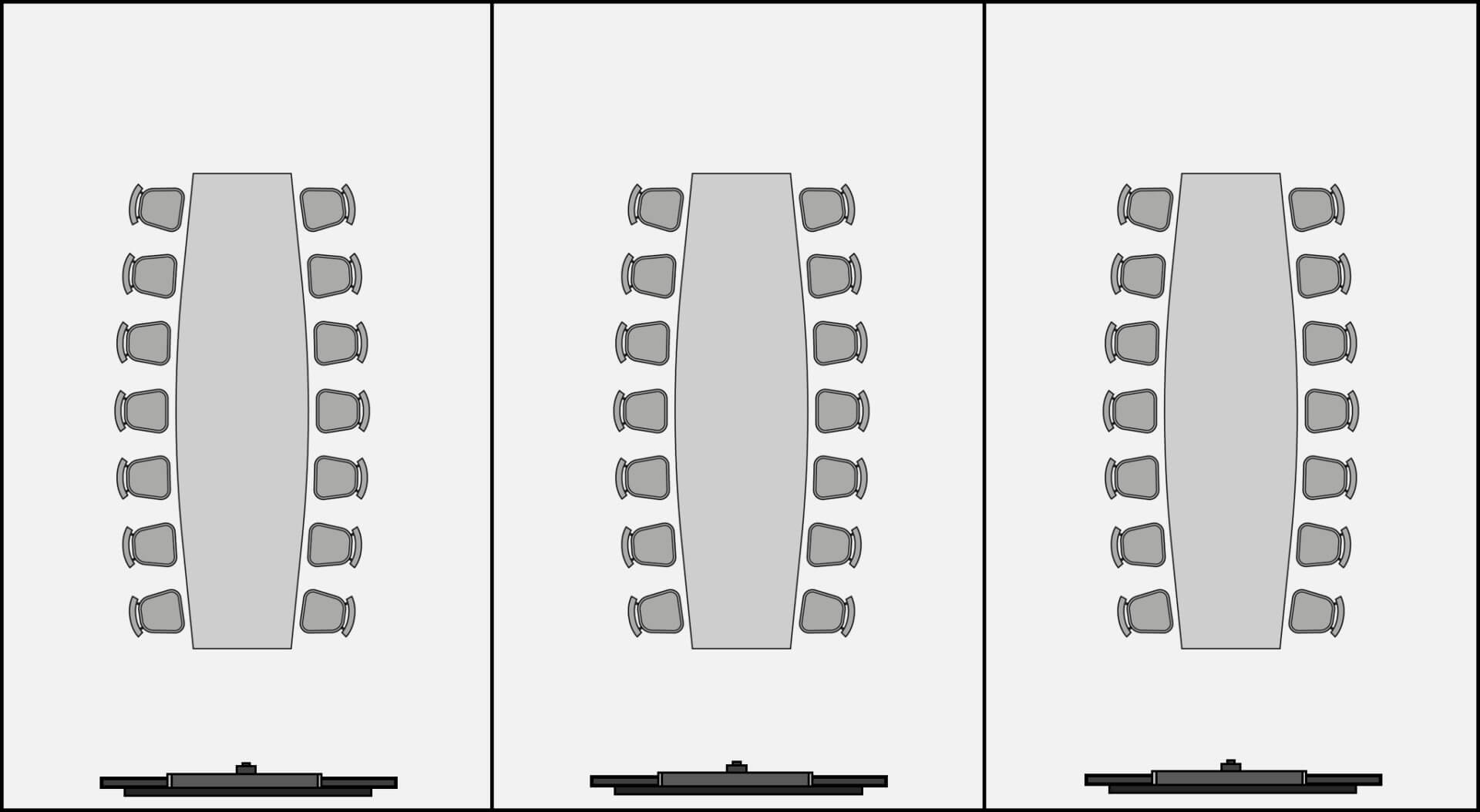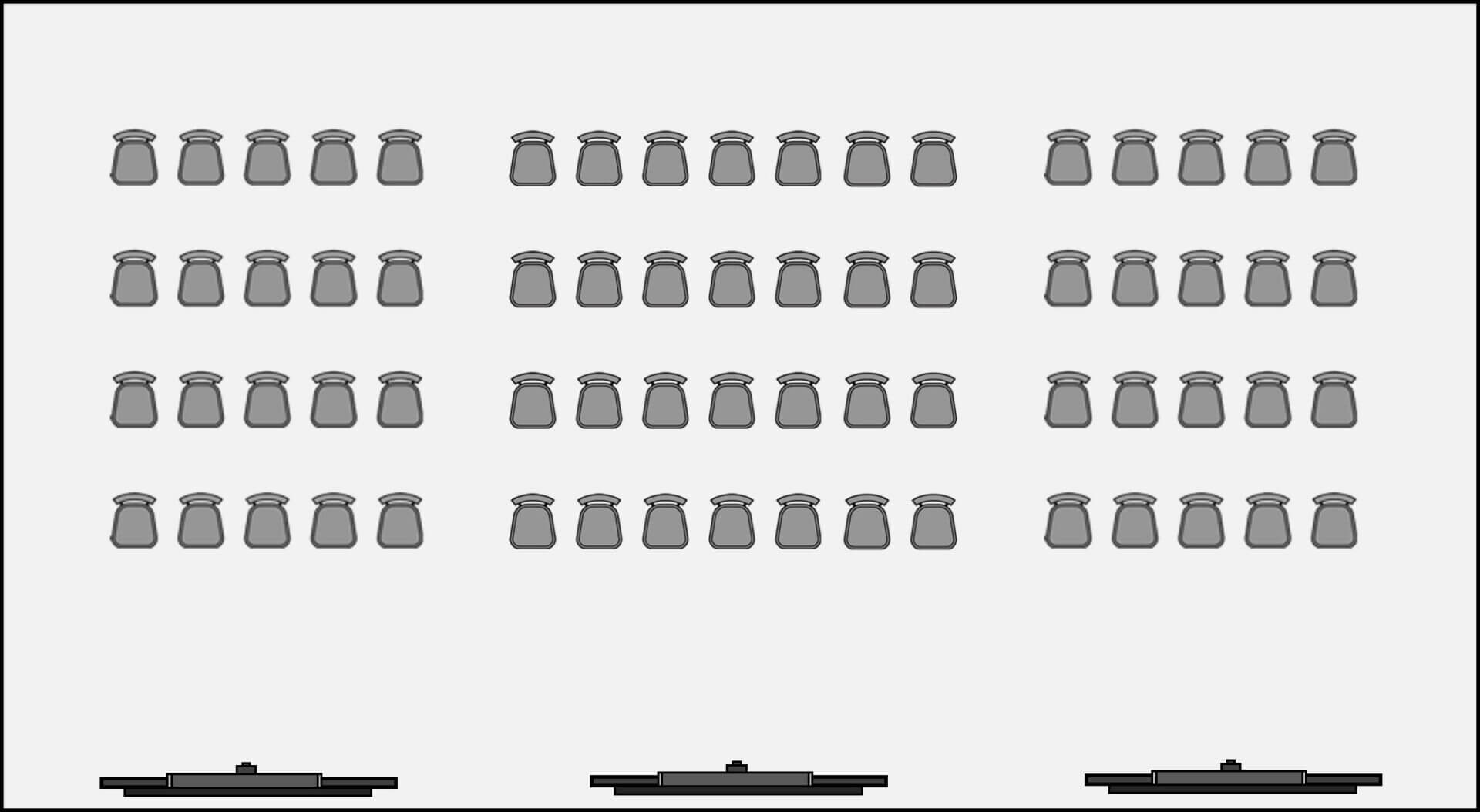
How Smart Meeting Technology Can Deliver Consistently High AV Quality in Divisible Rooms
One of the noticeable trends around the hybrid workplace is the rising use of divisible rooms and flexible smart meeting spaces.
Having a physical space that can operate as one large room or two (or more) smaller rooms gives organisations the capacity to adapt to the needs of employees, remote users and visitors alike.
For many organisations it is a key part of their real estate strategies – yet also presents many practical challenges.
Adapting to Smart Meeting Demand
With hybrid working established as the norm, organisations have had time to review and analyse office space: what, how and when spaces are being used.
Leaders, teams and employees might hold smart conference, board or presentation meetings. Each requires a different size and style of space.
Creating divisible rooms from one large space, using sliding doors or panels as a dividing wall, is a relatively simple, efficient and economical way to provide that flexibility. Giving people the most appropriate space for their specific hybrid meeting use is a good way to manage the office efficiently, and to encourage better communications and collaboration.
But divisible rooms also present organisations and users with many practical challenges.

The Big AV Challenges of Divisible Rooms
Having options for different types of smart meeting within a given space is an advantage. However, each of those multiple scenarios and room configurations needs to be supported – around connectivity, routing and control – to prevent or reduce the likelihood of AV issues or user experience complaints.
Adaptable divisible room layouts for round-table conference, theatre-style presentations or board meetings require flexible, easily moved and stored, furniture.
For example, an organisation could be holding a presentation on one side of the dividing wall, and a small boardroom-style meeting on the other.
The different scenarios present a big audio quality challenge.
When smart meeting space is opened up by pulling back sliding doors, some voices may be left unheard or discussion uncaptured without whole room pick-up in place. Ceiling installed systems do not look attractive, and are often difficult to make discreet and program.
To ensure everyone can be seen as well as heard, camera positions need to change to suit the scenario, direction of the active speaker and room layout. The locations of whiteboards and flipcharts will also vary according to the smart meeting scenario.



Smart Technology Solutions for Achieving Consistently Good Audio and Visual Quality in Divisible Rooms
Organisations should consider carefully how they can achieve whole-room sound pick-up for any combination or arrangement of divisible room layout.
Nureva’s audio solutions, with Microphone Mistä technology, can cover up to three rooms. When you pull open a sliding dividing door, the system automatically calibrates and switches settings to create the best sound quality across the bigger space.
Combine this with AI-driven Huddly Cameras and you can have a multi-camera set-up to cover all angles, switching view automatically to focus on the active speaker.
The cameras can also be arranged to cover what’s being shown on whiteboards and flipcharts. Everybody can see the words, charts or diagrams – whether in the room or remote.
Launching and controlling any smart meeting is made easier with solutions from Mago. Start a meeting in your favourite app with a tap, share your screen wirelessly from any device, go BYOD with ease and enable highly engaged visual collaboration.
To take the visual experience and collaboration to another level, consider larger, high quality wall and workstation displays. Jupiter is a pioneer in providing ultra-wide (21:9) displays, ideally suited to MS Teams rooms (including the ‘Signature’ layout) and other options.
Making Flexible Divisible Rooms Work for All
Creating divisible rooms and divisible spaces for hybrid working makes sense for many organisations. Flexible capacity makes best use of space and real estate budgets.
Employees and users can enjoy having the right space for the type of smart meeting they want – yet it all needs to be properly supported.
Smart hybrid workplace technology is continually adapting and advancing. It pays to do your homework, ask questions and seek expert advice to find the right solution for your particular organisation’s needs.